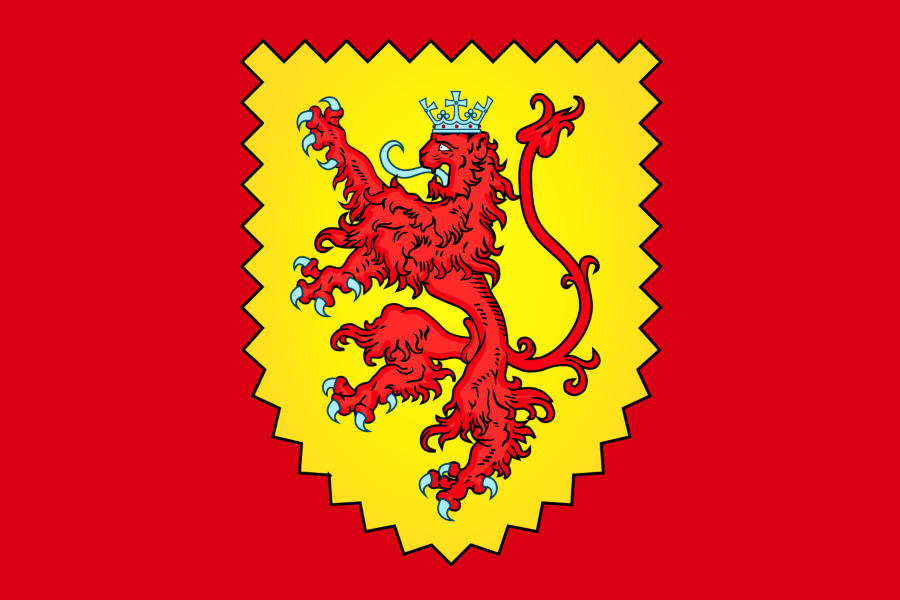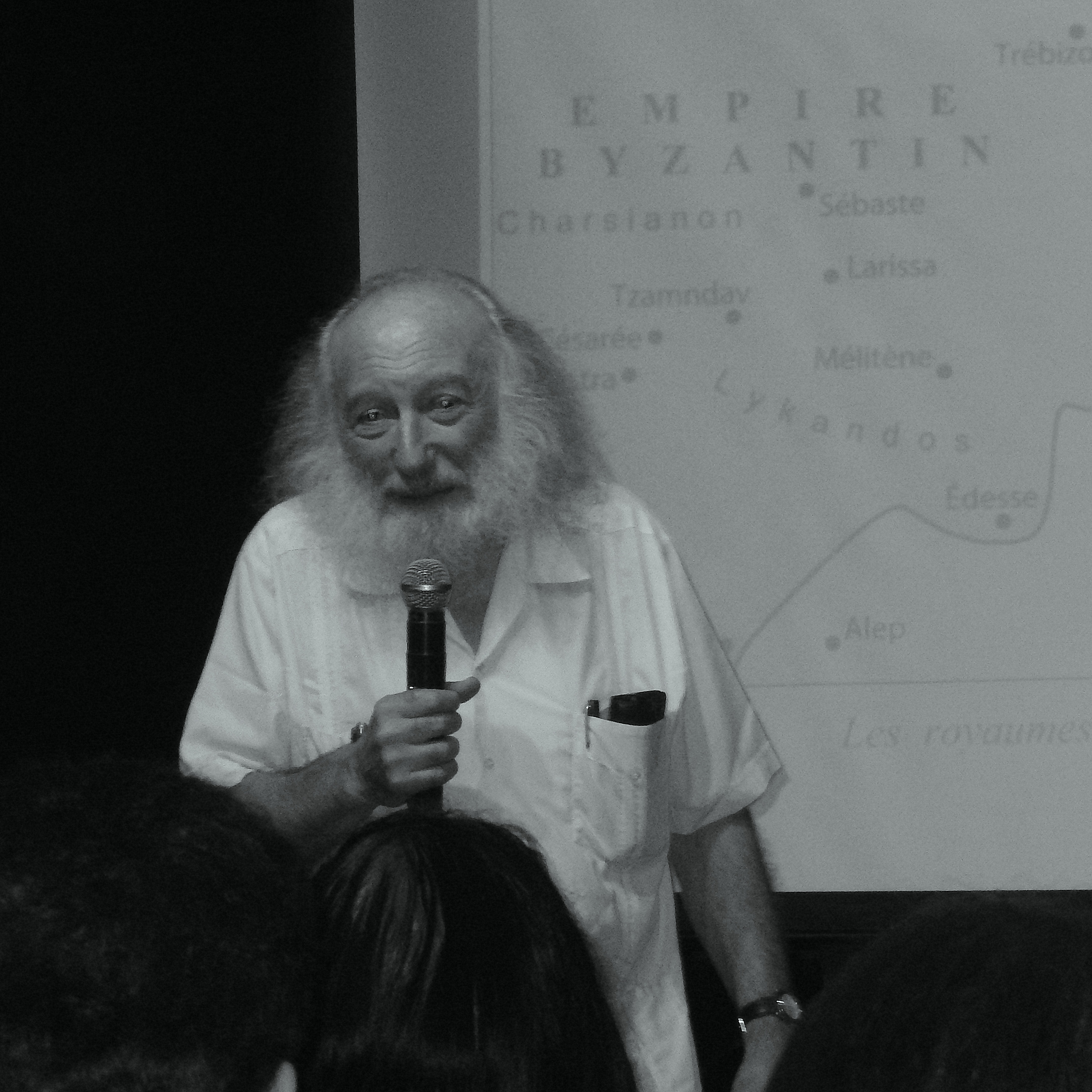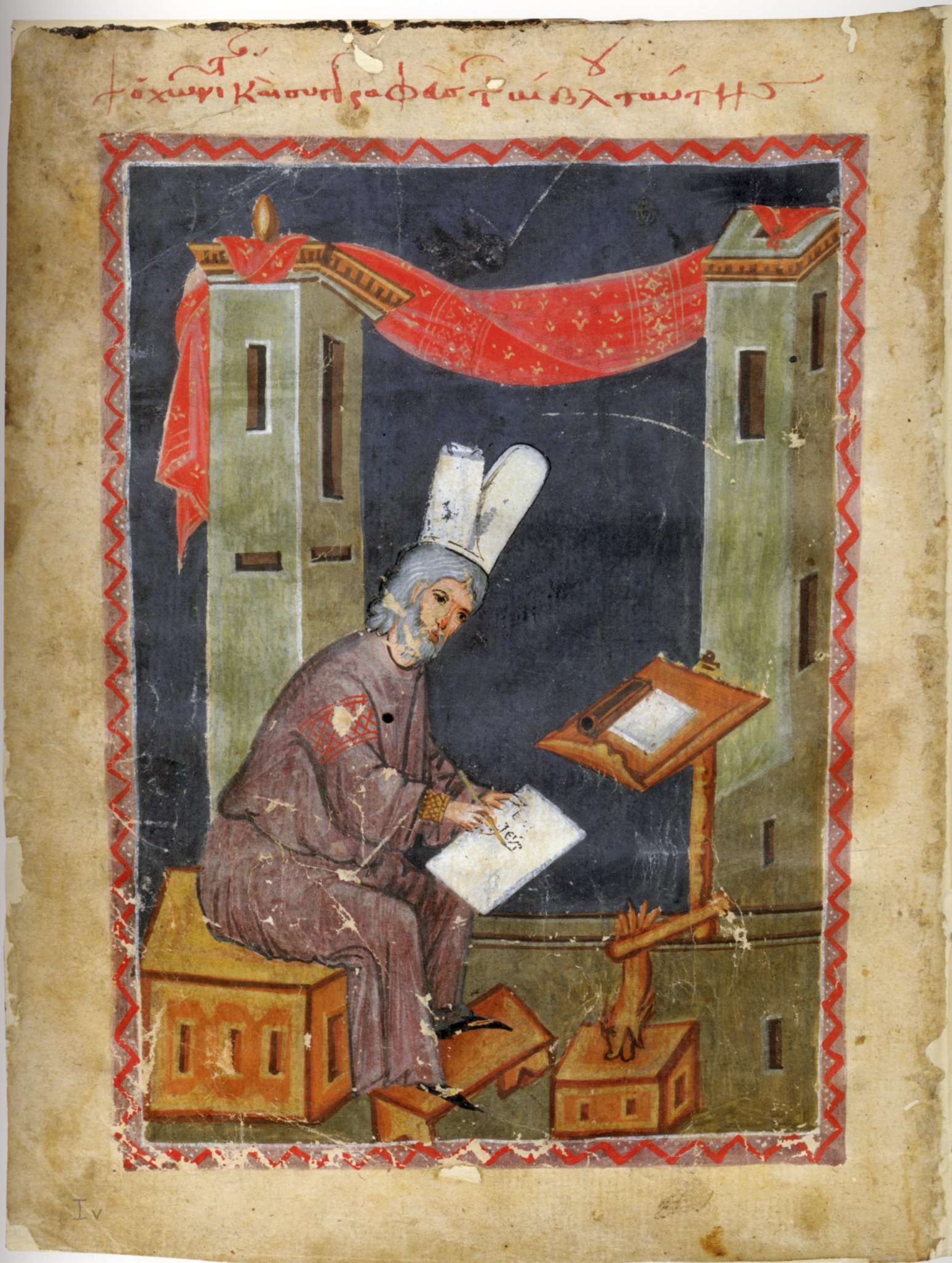|
Battle Of Mamistra
The Battle of Mamistra took place in 1152 between the forces the Byzantine Empire and Cilician Armenia, near the city of Mamistra. The Armenians under Thoros II were victorious. Background Byzantine Emperor Manuel I Komnenos sent his troops in order to expand the empire. 12,000 troops under Andronikos Komnenos traveled to Cilicia. Many Armenian noblemen from Western Cilicia left Thoros' control and joined the Byzantine troops. Andronikos rejected Thoros' offer of a truce, vowing that he would destroy the Armenian kingdom and imprison Thoros the same way as the Byzantines had done to Levon I, Thoros' father. The Byzantines besieged the Armenians. Battle Byzantine writer Niketas Choniates and the Armenian writer Grigor Erets claim that the Armenian troops, under the leadership of Thoros and his brothers, Stephen and Mleh, launched a surprise attack from the besieged city during a rainy night and defeated the Byzantines.Claude Mutafian, ''Le Royaume Arménien de Cilicie, XII ... [...More Info...] [...Related Items...] OR: [Wikipedia] [Google] [Baidu] |
Mopsuestia
Mopsuestia and Mopsuhestia ( grc, Μοψουεστία and Μόψου ἑστία, Mopsou(h)estia and Μόψου ''Mopsou'' and Μόψου πόλις and Μόψος; Byzantine Greek: ''Mamista'', ''Manistra'', ''Mampsista''; Arabic: ''al-Maṣṣīṣah''; Armenian: ''Msis'', ''Mises'', ''Mam(u)estia''; modern Yakapınar) is an ancient city in Cilicia Campestris on the Pyramus River (now the Ceyhan River) located approximately east of ancient Antiochia in Cilicia (present-day Adana, southern Turkey). From the city's harbor, the river is navigable to the Mediterranean Sea, a distance of over 40 km (24 mi). The 1879 book '' A Latin Dictionary'', the 1898 book ''Dictionary of Classical Antiquities'', the 1913 ''Catholic Encyclopedia'' and the 1920 ''La Cilicie'' mention that the city at that time was called Missis or Messis, but in 1960 the name changed to Yakapınar. History The founding of this city is attributed to the seer Mopsus, from whom the city also took it ... [...More Info...] [...Related Items...] OR: [Wikipedia] [Google] [Baidu] |
Ceasefire
A ceasefire (also known as a truce or armistice), also spelled cease fire (the antonym of 'open fire'), is a temporary stoppage of a war in which each side agrees with the other to suspend aggressive actions. Ceasefires may be between state actors or involve non-state actors. Ceasefires may be declared as part of a formal treaty, but also as part of an informal understanding between opposing forces. They may occur via mediation or otherwise as part of a peace process or be imposed by United Nations Security Council resolutions via Chapter VII of the United Nations Charter. The immediate goal of a ceasefire is to stop violence, but the underlying purposes of ceasefires vary. Ceasefires may be intended to meet short-term limited needs (such as providing humanitarian aid), manage a conflict to make it less devastating, or advance efforts to peacefully resolve a dispute. An actor may not always intend for a ceasefire to advance the peaceful resolution of a conflict, but instead gi ... [...More Info...] [...Related Items...] OR: [Wikipedia] [Google] [Baidu] |
1150s In Asia
115 may refer to: * 115 (number), the number * AD 115, a year in the 2nd century AD * 115 BC, a year in the 2nd century BC * 115 (Hampshire Fortress) Corps Engineer Regiment, Royal Engineers, a unit in the UK Territorial Army * 115 (Leicestershire) Field Park Squadron, Royal Engineers, a unit in the UK Territorial Army * 115 (New Jersey bus) * ''115'' (barge), a whaleback barge * 115 km, rural locality in Russia *The homeless emergency telephone number in France 11/5 may refer to: * 11/5, an American hip hop group from San Francisco, California * November 5 (month–day date notation) * May 11 (day–month date notation) * , a type of regular hendecagram 1/15 may refer to: * January 15 (month–day date notation) See also *Moscovium Moscovium is a synthetic element with the symbol Mc and atomic number 115. It was first synthesized in 2003 by a joint team of Russian and American scientists at the Joint Institute for Nuclear Research (JINR) in Dubna, Russia. In December 2015 ... [...More Info...] [...Related Items...] OR: [Wikipedia] [Google] [Baidu] |
1150s Conflicts
115 may refer to: * 115 (number), the number * AD 115, a year in the 2nd century AD * 115 BC, a year in the 2nd century BC * 115 (Hampshire Fortress) Corps Engineer Regiment, Royal Engineers, a unit in the UK Territorial Army * 115 (Leicestershire) Field Park Squadron, Royal Engineers, a unit in the UK Territorial Army * 115 (New Jersey bus) * ''115'' (barge), a whaleback barge * 115 km, rural locality in Russia *The homeless emergency telephone number in France 11/5 may refer to: * 11/5, an American hip hop group from San Francisco, California * November 5 (month–day date notation) * May 11 (day–month date notation) * , a type of regular hendecagram 1/15 may refer to: * January 15 (month–day date notation) See also *Moscovium Moscovium is a synthetic element with the symbol Mc and atomic number 115. It was first synthesized in 2003 by a joint team of Russian and American scientists at the Joint Institute for Nuclear Research (JINR) in Dubna, Russia. In December 2015 ... [...More Info...] [...Related Items...] OR: [Wikipedia] [Google] [Baidu] |
1152
Year 1152 ( MCLII) was a leap year starting on Tuesday (link will display the full calendar) of the Julian calendar. Events By place Levant * Spring – King Baldwin III and his mother, Queen Melisende, are called to intervene in a dispute between Baldwin's aunt Hodierna and her husband Raymond II, count of Tripoli. Hodierna decides to take a long holiday, and travels to Jerusalem, while Raymond escorts her out on the road southwards. On the way back to Tripoli, a group of Assassins stabs him to death at the southern gate of the city. The garrison rushes to arms and pours into the streets, slaying every Muslim in their way, but the Assassins manage to escape; the motive of their act is never known. * Baldwin III demands more authority and blames Manasses, ruler of Ramla, for interfering with his legal succession as ruler of Jerusalem. He demands a second coronation from Patriarch Fulcher separated from Melisende. Fulcher refuses, and as a kind of self-coro ... [...More Info...] [...Related Items...] OR: [Wikipedia] [Google] [Baidu] |
Principality Of Antioch
The Principality of Antioch was one of the crusader states created during the First Crusade which included parts of modern-day Turkey and Syria. The principality was much smaller than the County of Edessa or the Kingdom of Jerusalem. It extended around the northeastern edge of the Mediterranean, bordering the County of Tripoli to the south, Edessa to the east, and the Byzantine Empire or the Kingdom of Armenia to the northwest, depending on the date. It had roughly 20,000 inhabitants in the 12th century, most of whom were Armenians and Greek Orthodox Christians, with a few Muslims outside the city itself. Most of the crusaders who settled there were of Norman origin, notably from the Norman Kingdom of southern Italy, as were the first rulers of the principality, who surrounded themselves with loyal subjects. Few of the inhabitants apart from the Crusaders were Roman Catholic even though the city was under the jurisdiction of the Latin Patriarchate of Antioch, established ... [...More Info...] [...Related Items...] OR: [Wikipedia] [Google] [Baidu] |
Claude Mutafian
Armen (Claude) Z. Moutafian (born 21 July 1942) is a French mathematician and a historian who specializes in Armenian history. Foreign Member of Armenian Academy of Sciences. He is the son of Zareh Mutafian. Biography Born in 1942 in Clamart, France, Claude Mutafian is an associate professor of mathematics and senior lecturer from the Paris 13 University in Villetaneuse. Following the publication of several books on algebra, Mutafian devoted himself to Armenian history since 1980, particularly to the relations of Armenia with its various neighbors over time. Ph.D. in history from Paris 1 Pantheon-Sorbonne University, Mutafian is the author of several books on the history of Armenia. Publications * ''Le Défi algébrique'', 1976, * ''La Cilicie au carrefour des empires, tome 1 et 2'', 1988, * ''The Caucasian Knot: The History and Geopolitics of Nagorno-Karabagh'', 1994, by Levon Chorbajian Levon Chorbajian (born 1942) is an American sociologist. He is a professor at the U ... [...More Info...] [...Related Items...] OR: [Wikipedia] [Google] [Baidu] |
Grigor Erets
Grigor is a masculine given name and a surname. Variants include Gregory, Gregor, Grigori, Grigory, and in Western Armenian as Krikor. People with the given name * Grigor III Pahlavuni (1093-1166), Armenian catholicos * Grigor Artsruni (1845-1892), Armenian journalist * Grigor Dimitrov (born 1991), Bulgarian tennis player * Grigor Gurzadyan (born 1922), Armenian astronomer * Grigor Koprov (born 1943), Macedonian musician * Grigor Marzuantsi (18th century), Armenian book printer * Grigor Meliksetyan (born 1986), Armenian footballer * Grigor Nachovich (1845-1920), Bulgarian politician * Grigor Parlichev (1830-1893), Bulgarian writer * Grigor Paron-Ter (17th century), Armenian Patriarch of Jerusalem * Grigor Tatevatsi (14th century), Armenian philosopher * Grigor Taylor (born 1943), Australian actor * Grigor Topalli (born 1992), Albanian footballer * Grigor Vachkov (1932-1980), Bulgarian actor * Grigor Vitez (1911-1966), Croatian writer * Ronald Grigor Suny (born 1940), America ... [...More Info...] [...Related Items...] OR: [Wikipedia] [Google] [Baidu] |
Niketas Choniates
Niketas or Nicetas Choniates ( el, Νικήτας Χωνιάτης; c. 1155 – 1217), whose actual surname was Akominatos (Ἀκομινάτος), was a Byzantine Greek government official and historian – like his brother Michael Akominatos, whom he accompanied to Constantinople from their birthplace Chonae (from which came his nickname, "Choniates" meaning "person from Chonae"). Nicetas wrote a history of the Eastern Roman Empire from 1118 to 1207. Life Nicetas Akominatos was born to wealthy parents around or after 1150 in Phrygia in the city of Chonae (near the modern Honaz in Turkey). Bishop Nicetas of Chonae baptized and named the infant; later he was called "Choniates" after his birthplace. When he was nine, his father dispatched him with his brother Michael to Constantinople to receive an education. Niketas' older brother greatly influenced him during the early stages of his life. He initially secured a post in the civil service, and held important appointments under ... [...More Info...] [...Related Items...] OR: [Wikipedia] [Google] [Baidu] |
Leo I, Prince Of Armenia
Leo I ( hy, Լևոն Ա), also Levon I or Leon I, (unknown – Constantinople, February 14, 1140) was the fifth lord of Armenian Cilicia or “Lord of the Mountains” (1129/1130-1137). He learned to exploit the open, yet restrained, hostilities between the Byzantine Empire and the Crusader principalities of Edessa and Antioch. Most of his successes benefited from Byzantium’s pre-occupation with the threats of Zengi (the ''atabeg'' of Mosul) from Aleppo and the lack of effective Frankish rule, especially in the Principality of Antioch. He expanded his rule over the Cilician plains and even to the Mediterranean shores. In his time, relations between the Armenians and the Franks (the Crusaders), two former allies, were not always as courteous as before: a major cause of dissension between them was the ownership of the strongholds of the southern Amanus, and on the neighboring coasts of the Gulf of Alexandretta. Leo was captured after being invited to a meeting by the Byzant ... [...More Info...] [...Related Items...] OR: [Wikipedia] [Google] [Baidu] |
Cilicia
Cilicia (); el, Κιλικία, ''Kilikía''; Middle Persian: ''klkyʾy'' (''Klikiyā''); Parthian: ''kylkyʾ'' (''Kilikiyā''); tr, Kilikya). is a geographical region in southern Anatolia in Turkey, extending inland from the northeastern coasts of the Mediterranean Sea. Cilicia has a population ranging over six million, concentrated mostly at the Cilicia plain. The region includes the provinces of Mersin, Adana, Osmaniye, along with parts of Hatay and Antalya. Geography Cilicia is extended along the Mediterranean coast east from Pamphylia to the Nur Mountains, which separates it from Syria. North and east of Cilicia lie the rugged Taurus Mountains that separate it from the high central plateau of Anatolia, which are pierced by a narrow gorge called in antiquity the Cilician Gates. Ancient Cilicia was naturally divided into Cilicia Trachea and Cilicia Pedias by the Limonlu River. Salamis, the city on the east coast of Cyprus, was included in its administrative jurisdictio ... [...More Info...] [...Related Items...] OR: [Wikipedia] [Google] [Baidu] |







